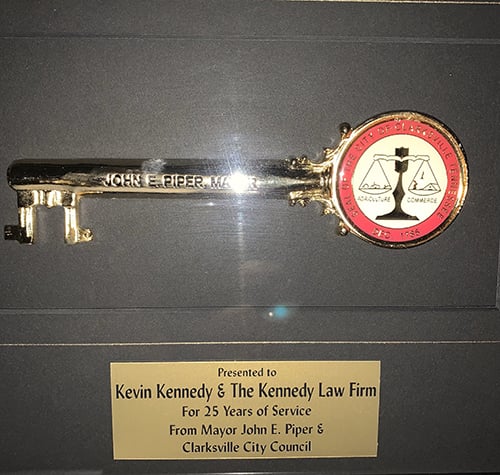Violation of a protective order
A person commits the offense of violation of a protective order when the protective order has been issued on behalf of a protected person and when he or she commits an act of family violence, when he or she communicates directly with the protected person or a member of the protected person’s family, when he or she goes near the protected person’s residence or employment, or when he or she possesses a firearm.
For purposes of the offense of violation of a protective order, the word “family” means individuals related by blood or adoption, former spouses, or parents or foster parents of a child. The word “family violence” means an act by a member of a family or a household against other members of the family or the household, intended to cause physical harm, bodily injury, assault, or sexual assault. “Family violence” includes threats that place a person in fear of physical harm, bodily injury, assault, or sexual assault. “Family violence” does not include actions intended to protect a person from physical harm, bodily injury, assault, or sexual assault. Although “family violence” includes child abuse, it does not include reasonable discipline used against a child. The word “household” and “household members” include persons who live in the same dwelling or who used to live in the same dwelling. Persons do not need to be related to each other to be members of the household.
To find a defendant guilty of the offense of violation of a protective order, the prosecution must prove that the defendant knew about the protective order and that the defendant knowingly and intentionally violated the protective order. The offense of violation of a protective order is separate from a citation for contempt of a court’s order. The defendant does not need to be cited for contempt before he or she is prosecuted for violation of a protective order.
In order to find a defendant guilty of the offense of violation of a protective order, the prosecution must also prove that the order was properly issued and that the defendant received notice and had an opportunity to be heard at the hearing on the protective order. However, the prosecution does not have to prove that the defendant knew the contents of the protective order. The defendant must only have been given an opportunity to learn about the contents of the order.
Reconciliation, actions, or agreements by a protected person do not affect the validity of a protective order or a police officer’s duty to enforce the protective order. However, it is a defense to the offense of violation of a protective order that a defendant was the person who was protected by the order.
The offense of violation of a protective order is normally punished as a misdemeanor. If a defendant was previously convicted of the offense, if the defendant assaulted a protected person, or if the defendant stalked the protected person, the offense may be punished as a felony.
The offense of violation of a protective order may be prosecuted where the protective order was issued or where the offense was committed.


